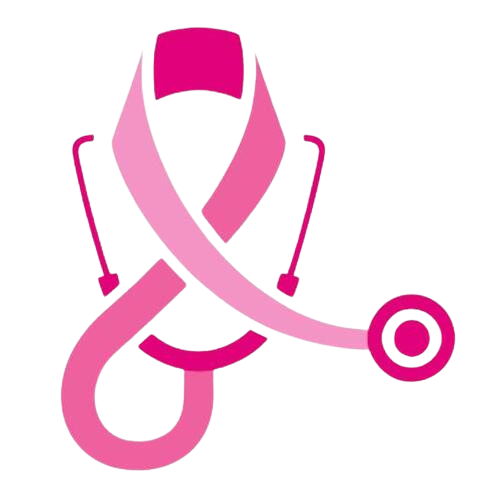About Nipple Discharge and Retraction:
Nipple discharge and retraction are symptoms that can occur in both men and women and may indicate underlying health issues. Here's some essential information about nipple discharge and retraction:
Nipple Discharge:
- Nipple discharge refers to any fluid that comes out of the nipple. While nipple discharge can be a normal occurrence, especially during pregnancy and breastfeeding, it can also be a symptom of an underlying medical condition.
- The color, consistency, and timing of nipple discharge can vary and may provide clues about its underlying cause. Common causes of abnormal nipple discharge include hormonal imbalances, infections, benign breast conditions (such as fibrocystic changes), or, in some cases, breast cancer.
Nipple Retraction:
- Nipple retraction, also known as nipple inversion or involution, occurs when the nipple appears to be pulled inward instead of protruding outward. Nipple retraction can be temporary or permanent and may affect one or both nipples.
- Nipple retraction can be congenital (present from birth) or acquired (developing later in life) and may be associated with various factors, including trauma, scarring, inflammation, or underlying breast conditions.
Causes:
- Nipple discharge and retraction can have various causes, ranging from benign to potentially serious. Common causes of nipple discharge include hormonal changes, medication side effects, infections (such as mastitis or ductal ectasia), benign breast conditions (such as fibroadenomas or intraductal papillomas), or breast cancer.
- Nipple retraction may occur due to factors such as fibrosis (thickening and scarring of breast tissue), ductal carcinoma in situ (DCIS), invasive breast cancer, or other structural changes in the breast tissue.
Evaluation and Treatment:
- If you experience persistent or concerning nipple discharge or retraction, it's essential to consult a healthcare provider for evaluation. Your healthcare provider may perform a clinical breast examination, order imaging tests (such as mammography or ultrasound), and possibly recommend a biopsy to determine the underlying cause.
- Treatment for nipple discharge and retraction depends on the underlying cause. Benign conditions may require conservative management or monitoring, while more serious conditions such as breast cancer may necessitate surgery, chemotherapy, radiation therapy, hormone therapy, or targeted therapy.
Prevention and Early Detection:
- While not all cases of nipple discharge or retraction can be prevented, practicing breast self-awareness and participating in regular breast cancer screenings (such as mammography) can aid in early detection and improve outcomes. Pay attention to any changes in your breasts, nipples, or nipple discharge, and consult a healthcare provider promptly if you notice anything unusual.
If you experience nipple discharge, retraction, or any other concerning symptoms, it's crucial to seek medical attention for proper evaluation and management. Early detection and timely intervention can significantly impact the prognosis and outcome of nipple-related symptoms.


